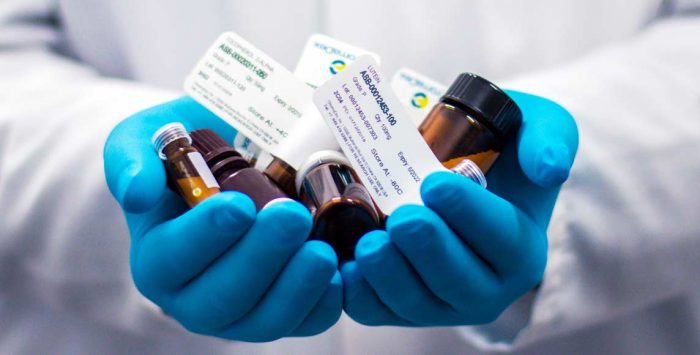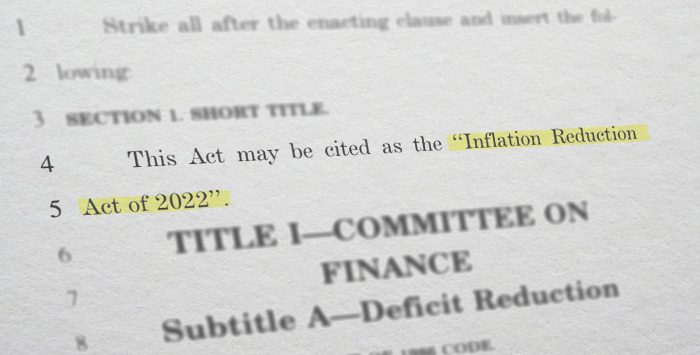Here’s a look at several changes to Medicare prescription drug coverage taking effect in 2026:
Medicare Part D out-of-pocket limit increases to $2,100
Under the Inflation Reduction Act, Medicare Part D has a cap on out-of-pocket costs. In 2025, enrollees paid no more than $2,000 in out-of-pocket costs for their covered drugs. But that limit is subject to inflation adjustment, and it’s increasing to $2,100 in 2026.
As was the case in 2025, enrollees will continue to have the option to spread their drug costs out in equal payments across the year. This could be beneficial to those who might otherwise have to pay the full $2,100 in just the first few months of the year.
Various other improvements to Medicare Part D benefits (and coverage of drugs under Part B) have been phased in since 2023 as a result of the Inflation Reduction Act. These include $35 insulin, free recommended vaccines, and lower coinsurance costs for certain infusion drugs covered under Medicare Part B. These provisions continue to be in place in 2026.
Suggested: Does Medicare cover the shingles vaccine?
Maximum deductible increasing to $615
The Part D prescription drug deductible was a maximum of $590 in 2025, and that cap is increasing to $615 in 2026.
Some Part D plans have deductibles well under these amounts (or no deductible at all), but no plans can have deductibles that exceed $615 in 2026.
After you pay your deductible, you’ll pay copays (a fixed amount) or coinsurance (a percentage of the cost) for your medications until you’ve spent $2,100 in out-of-pocket costs. After that, your covered drugs will have no out-of-pocket costs for the rest of the year.
It’s important to mention that changes to your Medicare Part D costs can stem from changes in your own prescription needs, changes in your plan’s design, or a plan change that you make during open enrollment (October 15 – December 7). It’s important to carefully compare the various options each year during open enrollment to see how your existing plan – and the other plans available in your area – will cover your specific drugs for the coming year.
This is true whether your Part D coverage is provided by a stand-alone plan or as part of a Medicare Advantage plan. But if you have a Medicare Advantage plan, you’ll also need to consider how the plan and available alternatives cover the rest of your medical needs, in addition to your prescription needs.
(Medicare’s plan comparison tool is useful for determining how each plan will cover your prescription drugs, and what your out-of-pocket costs will be. If in doubt, it’s important to seek assistance from a broker or SHIP counselor, or to call Medicare or the health plan directly.)
Negotiated prices take effect for ten high-cost medications
The Inflation Reduction Act allowed Medicare to begin price negotiations with drug manufacturers, which previously wasn’t allowed. The price negotiations are being phased in over several years.
Ten drugs – covered by Medicare Part D – were selected for the first round of negotiations, and their negotiated prices take effect in January 2026. Negotiated prices apply to Januvia, Fiasp/NovoLog, Farxiga, Enbrel, Jardiance, Stelara, Xarelto, Eliquis, Entresto, and Imbruvica.
Enrollees who take medications with newly negotiated prices might find that they pay lower copays or coinsurance when they fill those prescriptions in 2026. And the $2,100 Part D out-of-pocket cap will protect enrollees whose costs would otherwise exceed that limit.
Another 15 drugs will have negotiated prices starting in 2027: Ozempic, Rybelsus, Wegovy, Xtandi, Pomalyst, Ibrance, Calquence, Trelegy Ellipta, Ofev, Breo Ellipta, Vraylar, Janumet, Otezla, Linzess, and Xifaxan.
Learn more about the Medicare drug price negotiation program.
Louise Norris is an individual health insurance broker who has been writing about health insurance and health reform since 2006. She has written hundreds of opinions and educational pieces about the Affordable Care Act and Medicare for healthinsurance.org and medicareresources.org.








